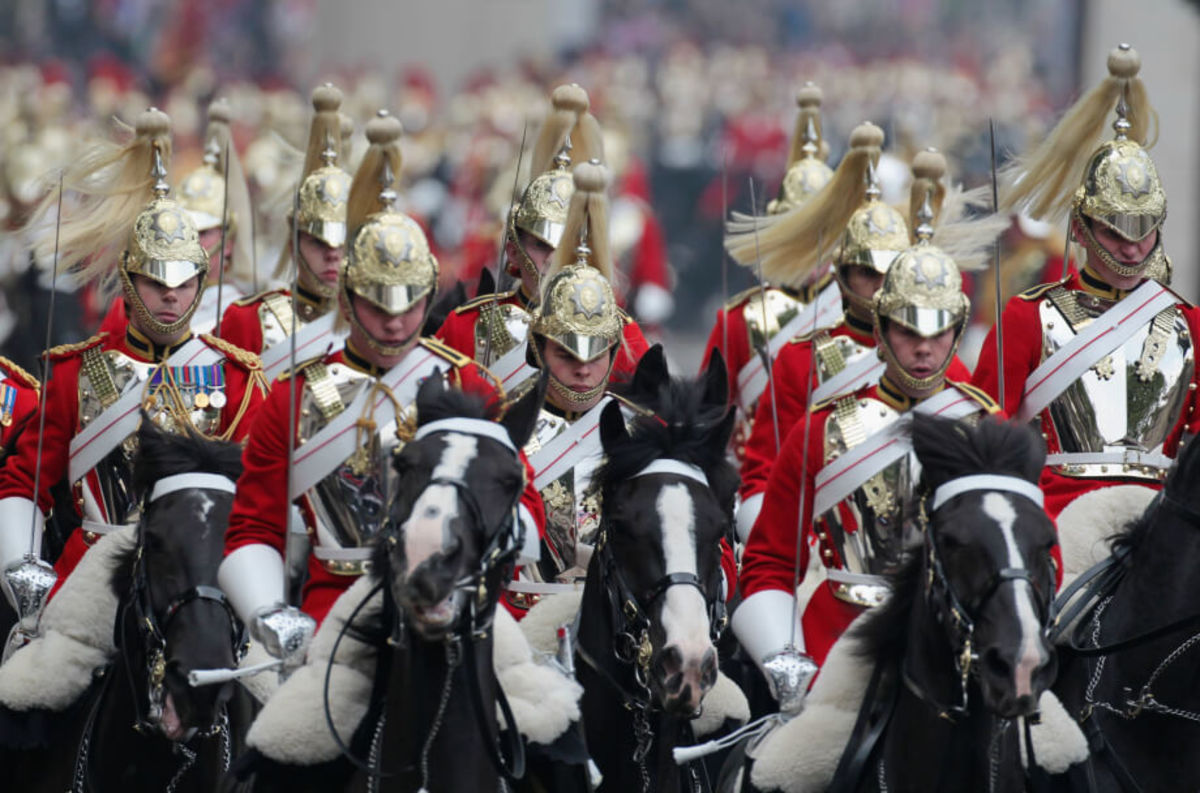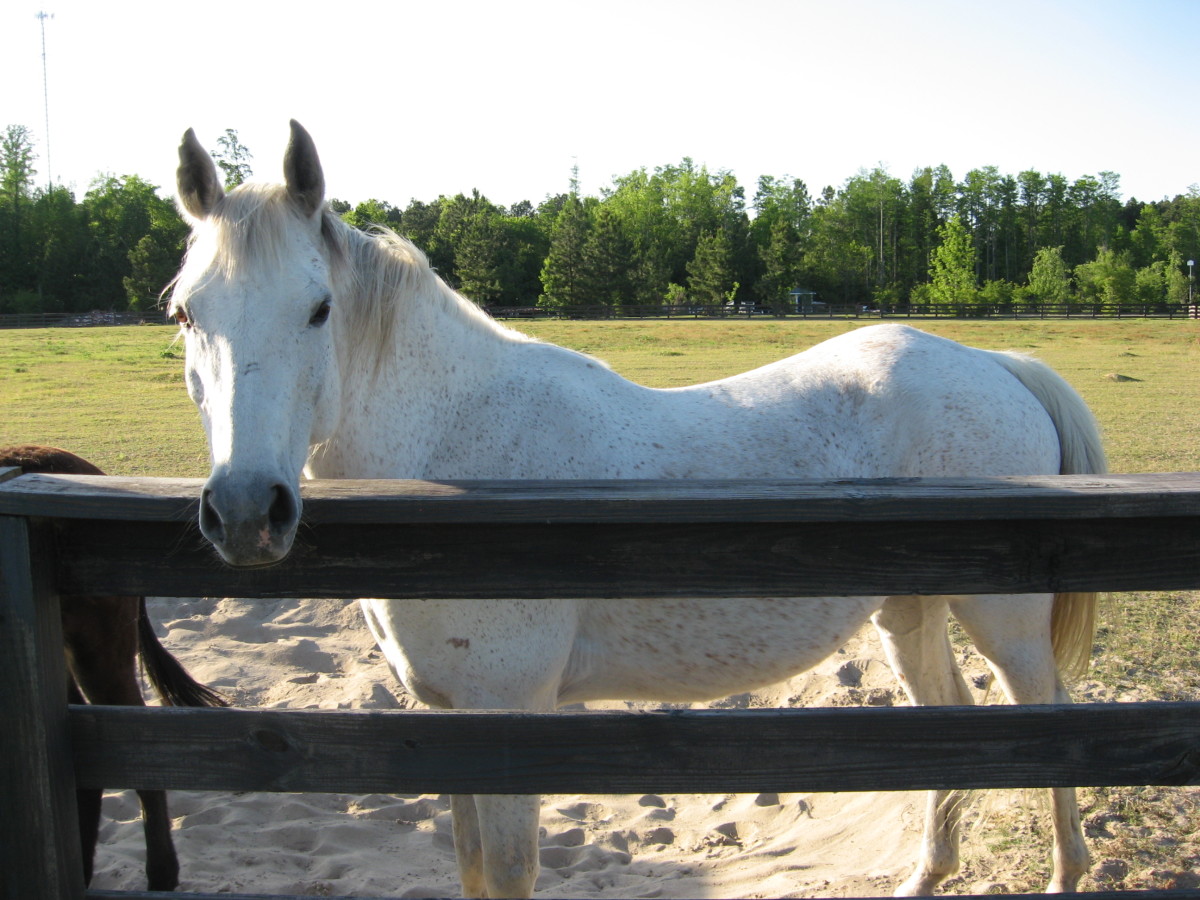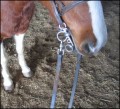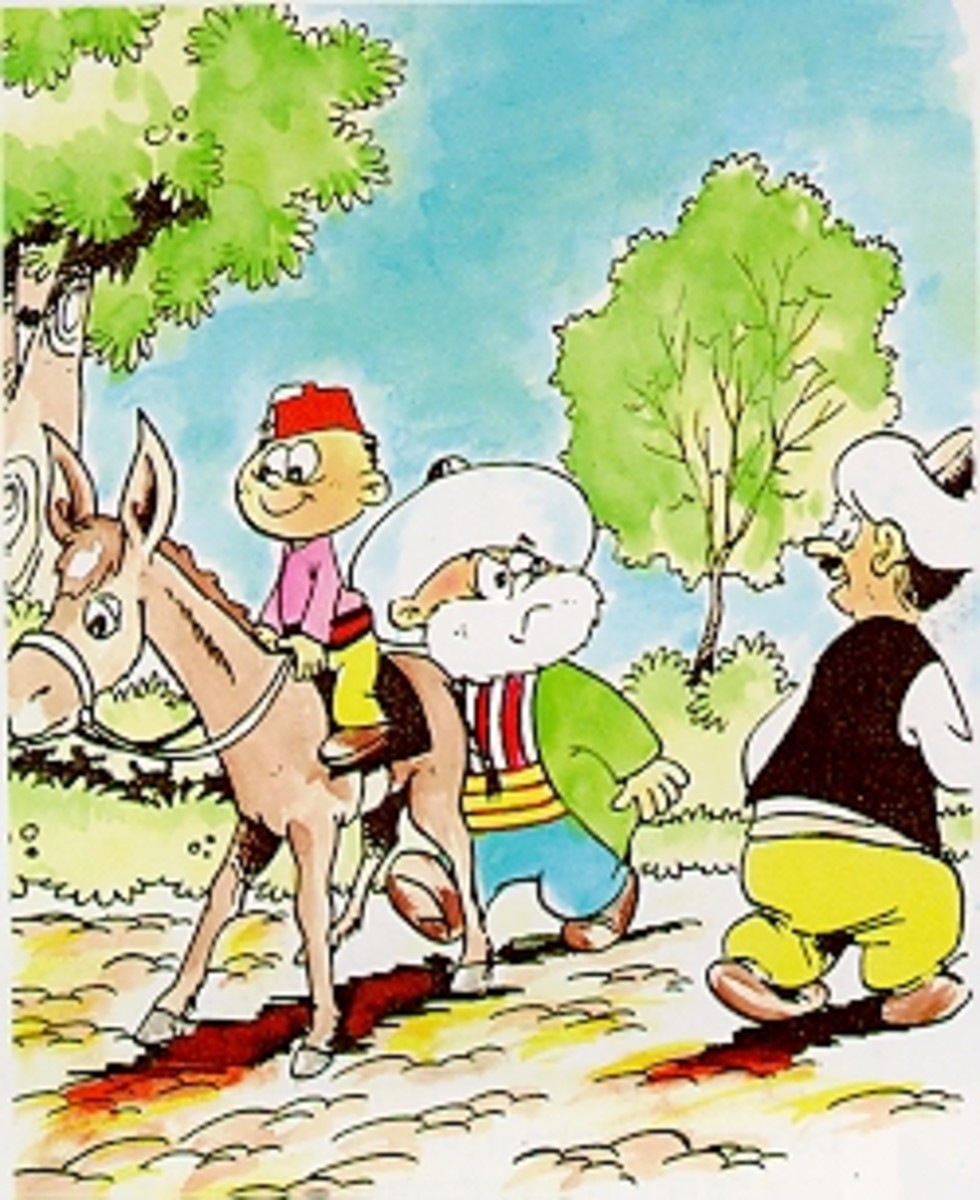Dealing With The 'Hot' Horse
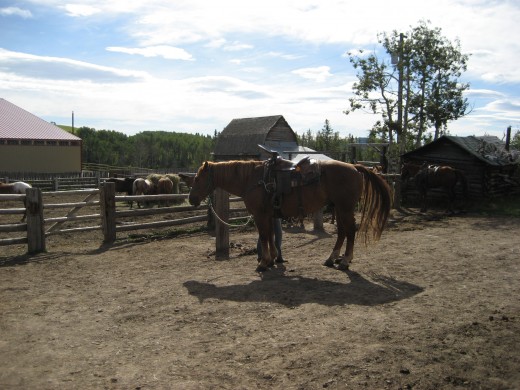
What is a 'Hot' Horse?
The term 'hot' is generally used for a horse that is prone to becoming over-excited and/or really likes to run.
A hot horse will often go faster than the rider intends, and may bounce in place when restrained. Hot horses are also prone to throwing their heads around. Many 'hot' horses will fidget if asked to stand still for extended periods of time.
Certain breeds, namely Arabians and Thoroughbreds, are notorious for being hot. Other horses may become hot in certain situations. I have seen a perfectly quiet pony turn into a firecracker when he heard a hunting horn - he thought it was time for a good run.
Many hot horses demonstrate an enthusiasm for life that shines through everything they do, although their desire to do everything at ninety miles an hour can be frustrating (especially when it's a hundred in the shade and all you feel like is a quiet walk in the woods...)
Hot or Rushing?
First of all, you need to establish whether you really do have a hot or forward going horse.
Often, a horse that rushes is confused with a hot horse. Rushing is generally caused by anxiety or poor balance. One easy way to separate the two - if you put your leg on a genuinely forward horse, it will go faster. If you use a strong inside leg on a rusher, the horse will often slow down. This may seem to be completely counter-intuitive, but the rushing horse needs assistance with balance and reassurance. Meanwhile, a genuinely forward horse will see this as an excuse to go even faster.
The Half-Halt
Your most important tool with any horse that is inclined to go faster than you like is the half-halt. Learn it, know it, love it.
At the most basic level, a half-halt means to slow the horse almost, but not quite, to the point where it stops or breaks gait and then send it forward again. A half-halt should be performed with the leg and seat, not the rein. Resist with your seat and thighs, and then release once the horse slows down. This will also keep the horse balanced.
Getting It Out Of Their System
If you have a genuinely hot and forward horse, then you need to let them be hot and forward...on your terms.
If the horse tends to buck and leap around when first out of the stable, then for safety's sake, consider lunging for five minutes before getting on...that way if the horse bucks and leaps around, you won't get hurt.
Most important, however, is that a forward horse needs to have clear boundaries set. It really does them good to take them out and let them run, but they need to know when it is acceptable and when it is not. With many of these horses, a good gallop around the field is what they most want - and in their training, you can make use of this by letting it be a reward after the more difficult work.
These horses are often poorly suited to slow work such as dressage, hunter under saddle or western pleasure. They make good jumpers and good gaming horses for more experienced riders (they are often a little much for novices and children).
Stronger Bits?
It's often a great temptation to resort to a stronger bit. Sometimes, a stronger bit is indeed needed for safety's sake.
It is, however, very important not to employ a stronger bit on a horse that is rushing - this will only increase their anxiety and tendency to run through your hands, and will certainly not help their balance.
I have also found that a stronger bit is counterproductive on animals that tend to lean on your hands and just go. These horses will lean even harder on a curb bit than a snaffle, and I have found they often go best in a jointed snaffle and a flash noseband. (Western people probably have their own way of dealing with this).
For sheer enthusiastic running, sometimes a stronger bit is a good idea, just to give some extra brakes. However, it is more effective to use it only in situations when the horse might get away from the rider - for schooling in the arena, it's best to go back to milder hardware.
In the long term, teaching discipline and when it is and is not acceptable to take off at a gallop should allow you to hang up the stronger bit.
For some hot horses, a properly fitted martingale or tie-down is a good idea. I have definitely encountered horses who, when they get excited, will try to feed their ears to their rider - and I know somebody who ended up with a broken nose that way. Again, the martingale or tie-down should only be used in situations where 'hot' behavior is more likely and removed for schooling.
In all cases, the rings of the martingale or the loop of the tie-down should reach to the hollow of the horse's throat when it holds its head in a normal position. Any shorter than this and you are pulling the horse's head down - not a good idea - rather than simply preventing it from going so high it becomes dangerous. Never use a martingale without a neck strap - this is very dangerous. Never jump in a tie-down, as it interferes with the horse's ability to make a proper bascule and will at best cause it to knock more jumps down, at worst this can cause a wreck.
A Quiet Hand
Hot horses require, for the most part, a 'quiet' rider. These horses seldom desensitize to aids and will often listen to everything the rider says - even things the rider didn't intend to say. The slightest touch of leg to side may cause them to leap forward and they often hate people hanging on their mouths, and let that be known, sometimes violently.
Although a hot horse may at times require a stronger bit to keep them in hand, they do not do well with jerking or yanking. Some respond better to being halted from the seat and don't like any use of the rein at all.
In all cases, though, a hot horse needs a rider who stays calm and is not intimidated by his or her behavior and antics.
On Ex Racehorses
Thoroughbreds are notorious for being 'hot'. And one of the best sources of cheap sound horses is the track.
Many Thoroughbreds and Standardbreds end their racing career with many good years left in them. Standardbreds tend to be remarkably calm and laid back, but off the track Thoroughbreds are notorious.
Part of the problem is that racehorses are trained and fed to be very highly wired and want to run. They are also bred for this, which is why Thoroughbreds tend (with exceptions) to be more naturally forward going than many horses. Although steroids are now illegal in racing, racehorses are given supplements to make them go faster and are often given lasix, which in addition to preventing nosebleeds (very bad for horses) is also a mild performance enhancer.
Problems ensue when people take a horse from the track, bring it home and throw a saddle on it. The horse is still 'on' and 'wired' and the likely result is an involuntary dismount. Most Thoroughbred experts recommend that a racehorse be turned away (put out to pasture) for 60 to 90 days before being brought into training. This let down period gets all of the rich food, racing drugs and the like out of the horse's system and gives it a mental break that can help it adjust.
Many Thoroughbreds settle down and become good riding horses. Some will always be hot, forward going and require a rider able to deal with that.


